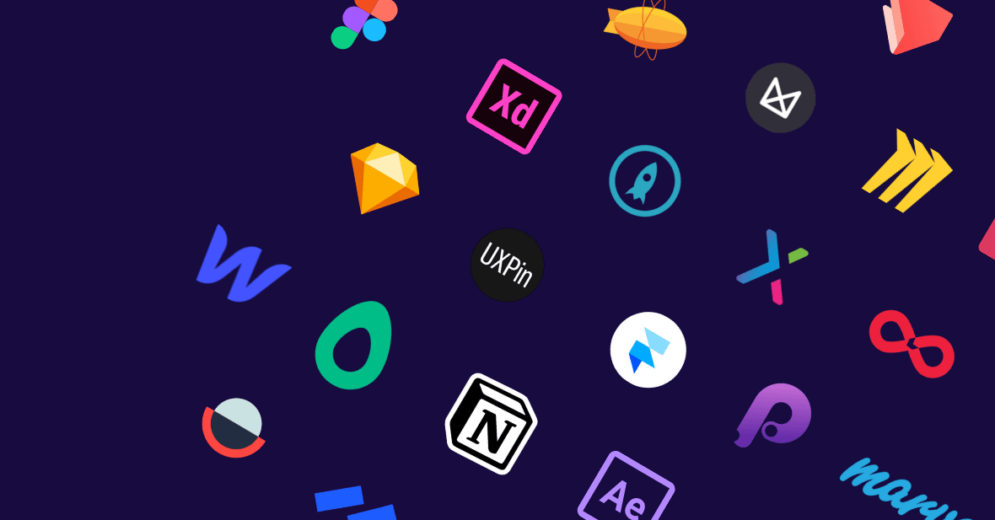No matter if you're a senior designer or just starting out in your career, there are always new tools emerging that can be quite interesting for our day-to-day work. Thus, what are the UX/UI Design tools to use in 2023?
In this article, we'll list some of the most interesting tools available so far. And we're not just talking about prototyping software. Some tools are also important to help with project organization and even user testing.
Reading Tip: Building Prototypes: What’s The Best Type For Your UX/UI Project
What are UX/UI Design tools?
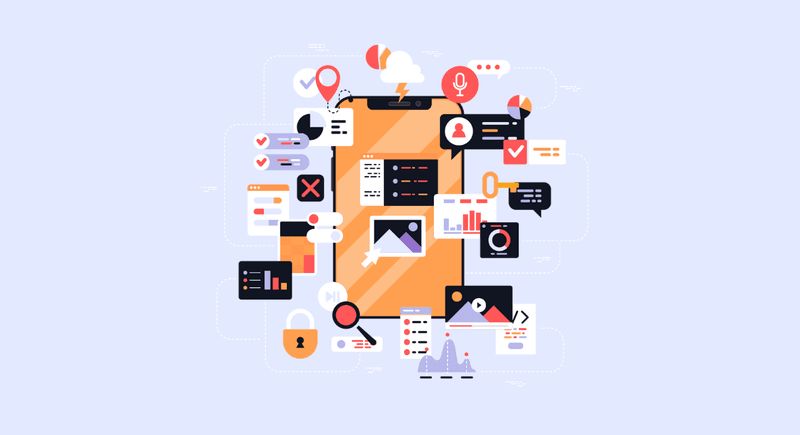
Any field requires professionals to have behavioral skills – Soft Skills – and technical skills – Hard Skills. And this "rule" also applies to UX/UI Design.
In this sense, we have already written an article about which Soft Skills are necessary for a Designer. And in this article, we will cover a part that includes Hard Skills.
Technical skills, in general, are the practical capabilities of Designers. From what is known about the theory and concepts of UX Design to the use of essential tools for their daily lives.
Thus, we will discuss a little about what these tools are and what are the best situations to use them.
It is important to remember that UX/UI tools are not limited to prototyping software. But they also encompass applications that facilitate team and project management.
Therefore, the list we have built is quite complete, covering all these types of tools and software.
How to choose the best UX/UI Design tool?
There are a series of UX/UI Design tools available on the market.
Many of them have different functions, but of course, there are several tools that have the same purpose. In this sense, it is difficult to know which tool to choose to better meet our needs.
Before explaining some main points that you should consider when hiring a tool, it is important to say that there is no BEST tool.
There are actually UX/UI tools that best suit your specific moment and needs. What may work for you may not work for your colleague and vice versa.
So, how to know which tool best suits you? There are some simple questions that can be asked so that you make the best decision:
- What is the learning curve?
- Does it need to be a collaborative tool?
- What type of interface and fidelity is necessary?
- What skills are necessary for use?
- How much can I spend?
What is the learning curve of the tool?

The first point to consider before starting to use a tool is its learning curve.
This is related to how long it will take you to learn to use the tool satisfactorily. If the learning time is longer than the usage time, something is wrong.
Does it need to be a collaborative tool?
UX Design involves plenty of processes whose collaboration with other colleagues and areas is essential for the success of the project.
It is important to understand which UX tools allow the necessary integrations and sharing functions that you need.
What type of interface and fidelity is necessary?
Is your interface for a website, mobile app, or another device?
Depending on the interface being developed, some tools are better than others.
In addition, what is the fidelity that your prototype needs to have? High? Low? Do you need an interactive prototype or do wireframes alone suffice for your project?
All of this also influences the choice of ideal UX tools for your need.
What skills are necessary for using the tool?
What is your level in UX Design? Are you already a more senior professional, or are you just starting in your career? This influences which tool you should use in your projects.
Also, does the tool require you to have programming knowledge? Or, in fact, are only visual resources enough to meet your project's needs?
Keep these questions in mind to help choose the most suitable UX tools for you.
How much can you spend?
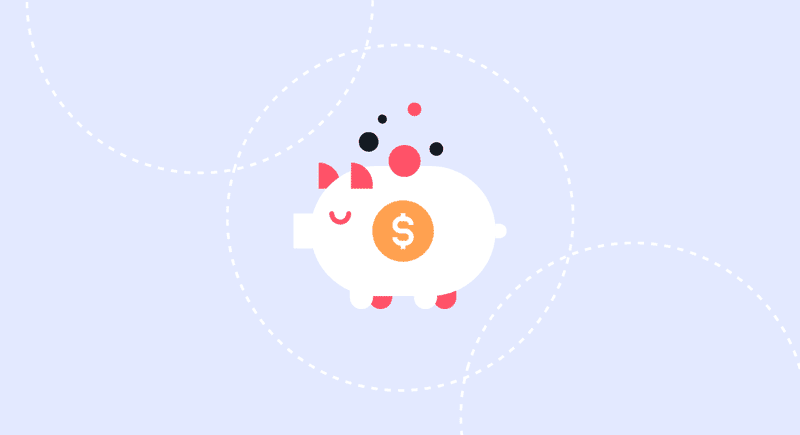
A crucial question for any project or initiative is: how much money do I have to spend? What is my budget?
The most famous, complex, and complete tools tend to have a higher cost than others. However, a high price does not necessarily mean that tool is the most suitable.
So do a lot of research on UX/UI tools because the prices are quite variable and you can find the right tool for you for a low price or even for free.
Our list of UX/UI tools:
1) Figma

Figma is a browser-based tool with a desktop application that allows you to create prototypes, wireframes, interface design, and vectorized icons.
But the biggest advantage of Figma is its ability to share and work in real-time with a team.
With it, you can have your entire team participate in the project development simultaneously. Create workflows and shared resource libraries to increase your team's agility and productivity.
Prices range from the free plan, which allows up to 3 projects, to the professional plan at $45.00 per editor per month.
2) Adobe XD
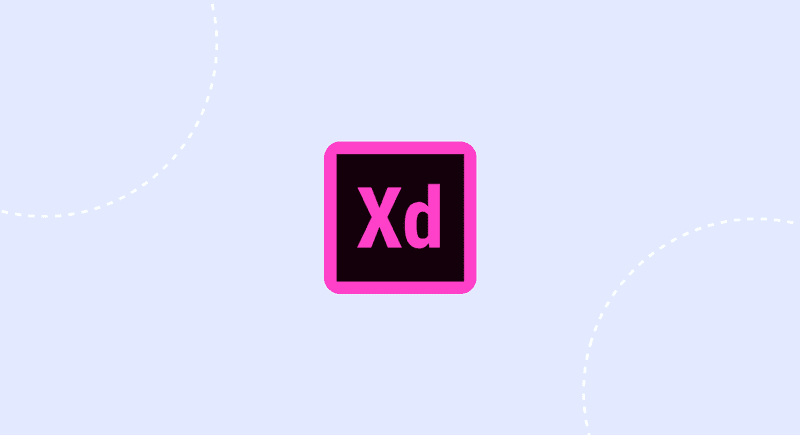
Adobe XD is a well-known and powerful UX/UI tool.
With it, you can develop wireframes, screen layouts, interactive prototypes, and even voice interfaces or prototypes with video game controls. In this sense, it is a tool that allows you to draw, use, and mix vectorized elements.
It also integrates with other Adobe tools. Therefore, it is straightforward to integrate Adobe XD with Photoshop or After Effects, for example.
Lastly, this tool allows the sharing of interfaces so that they can be tested, allowing clients and stakeholders to leave comments directly in the tool.
You can start with the free plan, which has some limitations, and then switch to the paid plan of R$43.00/month.
3) ProtoPie
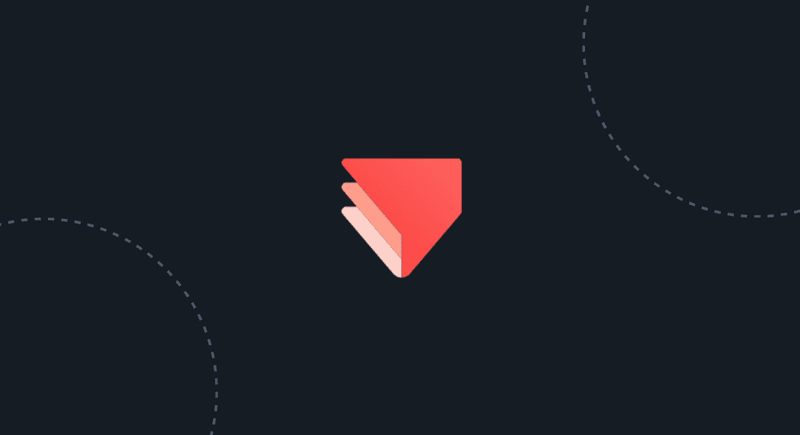
ProtoPie is one of the most powerful software tools for high-fidelity prototype development, including animations.
The ProtoPie interface is clean and simple, making it easy to use at first, but don't be fooled as the program can be complex to use to its "full power" due to the number of resources available for prototyping.
The prototypes generated by ProtoPie have very high fidelity, resembling finished applications and allowing for tests that include high complexity in the resources being tested, such as using the phone's camera, keyboard, multi-touch, tilt, vibration, proximity, sound, and other features that most prototyping software tools are not capable of offering.
Another advantage is the easy integration with files from other interface design programs, such as Sketch or XD, which can greatly facilitate and speed up the development of your interface.
There is a free plan, as well as plans starting at $67.00 per month (annual plan).
4) Proto.io
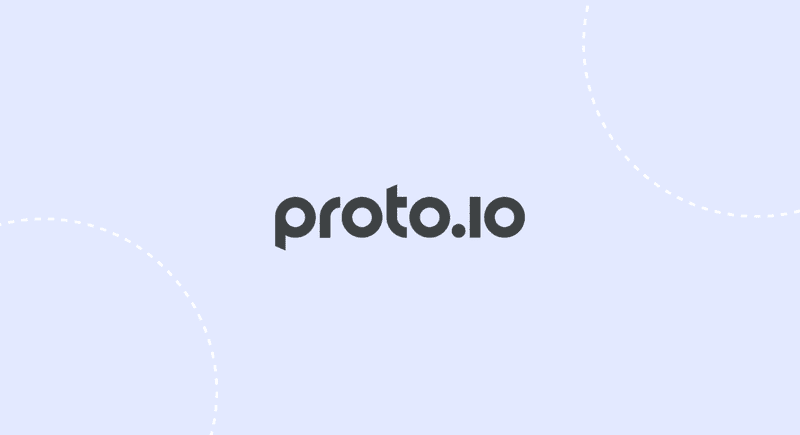
Proto.io is another UX/UI tool that allows you to build a high-fidelity prototype from scratch.
You can create vectorized images, animations, and wireframes, developing your initial idea all the way to your final prototype.
Additionally, if you want, you can integrate Proto.io with Sketch and Photoshop. However, as mentioned, you can create everything directly within the tool itself, without the need to import files from other software.
There are various subscription plans for using Proto.io, starting at $24.00 up to $160.00 per month.
However, you can try the tool for free for 15 days.
5) Maze

UX/UI tools are not limited to interface and prototype development. There are other tools that are very important and make UX Design projects and processes much easier.
In this aspect, Maze is a specialized tool for user testing where you can integrate other tools like Figma, Sketch, Marvel, Framer, and InVision.
Maze was created for you to perform unmoderated tests, but someone from your team can sit with the user and moderate the test together with the tool.
However, the big advantage of Maze is its analysis reports. The tool has dashboards that provide a great understanding of the tests that were performed.
This way, you can analyze the time spent on the test, the percentage of errors, and the most clicked areas, and create a heat map, among many other features.
There are different prices to hire Maze, from free plans to plans that charge $99.00 monthly.
Reading Tip: Usability Test: How To Prepare And Conduct One?
6) Overflow
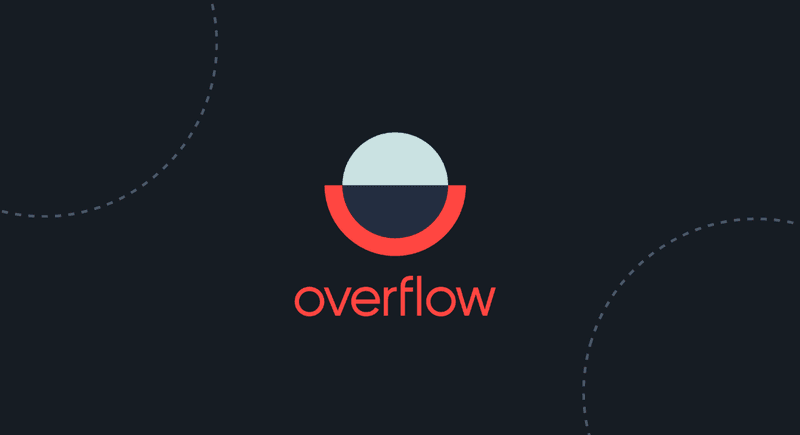
With Overflow, you can design user journeys for your interface.
This tool allows you to create diagrams showing the flow of interaction of your users. You can integrate Overflow with other UX tools, such as Sketch, Framer, and Adobe XD. Thus, the synchronization between Overflow and changes in your prototype becomes simple to do.
Therefore, Overflow is an excellent tool with which you can draw flows and present them to your clients and stakeholders.
You can try Overflow for free for 14 days, and the plan costs $20.00 per month.
7) Notion

Just like with Maze, Notion is not one of the UX tools for creating prototypes or developing interfaces.
Rather, Notion is a task and note management application.
With it, you can create To-Do lists, organize tasks in tables, apply Kanban, and organize activities in calendars.
In this sense, Notion is a great tool for organizing your projects and working as a team. Besides being an organization tool, Notion allows you to create Wikis, which are like libraries that can include company policies, project goals, and other documents. All of this is to facilitate team tasks and keep all information in one place.
It is also possible to use Notion to document your project research, including all necessary notes and links, as well as to work collaboratively with the team.
Notion has a free plan with some limited features. In addition, there are plans from $8.00 to $20.00 per month, per person.
8) Miro
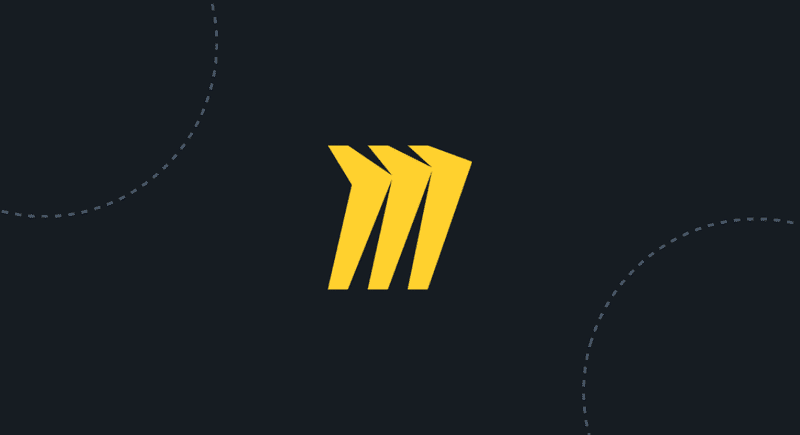
Miro is a tool that aids in communication, facilitates sharing of team member activities, and enables conducting of online workshops.
Essentially, Miro is an online whiteboard that you can use to share project activities, create workflows, conduct voting, and any other type of collaborative activity with your team.
In addition, Miro allows you to integrate various other tools to help facilitate day-to-day tasks.
Therefore, Miro is one of the UX tools that can centralize activities and ensure that all team members collaborate on activities in one place.
There is a free plan with limited features, and the most expensive plan costs $16 per month, per person, on an annual plan.
9) Mural

On the same line as Miro, Mural is a tool that allows for building, sharing, and collaborating on project activities.
This tool was built to be a free whiteboard so that people can work together, even remotely.
In this sense, Mural offers various features, including the use of virtual Post-It notes, to aid in dynamics, meetings, and brainstorming.
Additionally, you can include images, videos, and links, and even integrate with other types of tools and software like Excel.
You can start with the free plan, and the paid plans range from $9.99 to $17.99 per month, per person, on the annual plan.
10) Milanote
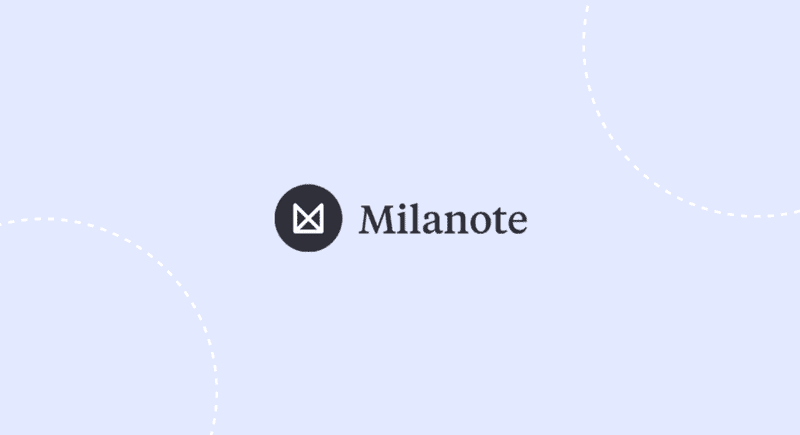
Milanote is yet another UX/UI tool that allows you to organize project tasks, making it especially useful for organizing references for a specific project.
For UX Designers, Milanote allows you to create project plans, user journeys, persona profiles, mood boards, and much more.
In this sense, Milanote is an interesting tool for collaborating with your team and creating important documentation and planning for your UX/UI project.
Milanote has a free plan and another plan that costs $9.99 per month, per person. If your team has more than 10 people, there are more economical plans available.
Reading Tip: User Journey Map: Understanding and Improving Interactions
11) Axure RP
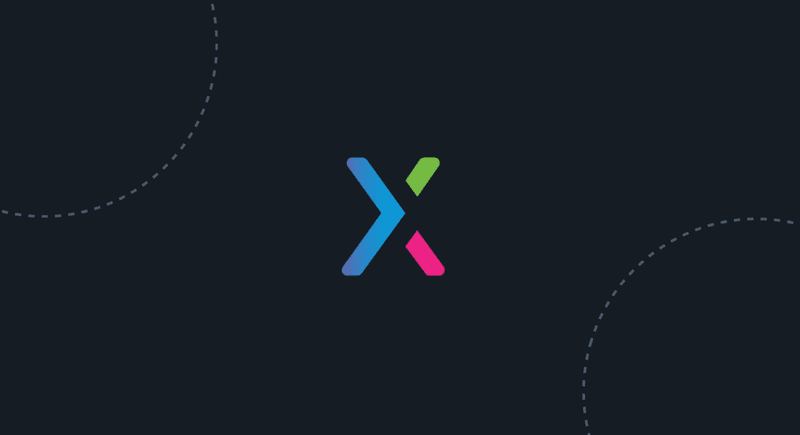
Axure RP is an exceptional tool for creating interactive and functional prototypes without requiring any programming knowledge.
In this regard, this tool makes it easy to develop interfaces with:
- Dynamic content;
- Flows conditioned to certain premises and actions;
- Mathematical functions, such as summing up products within a shopping cart;
- Data-based classification;
- Animations;
- Responsive sizes for various devices.
Axure RP also makes it easy to share prototypes. With just one click, you can send your interface to stakeholders and clients.
The prices for hiring Axure RP range from $29.00 to $49.00 per month.
12) Balsamiq

Balsamiq is another of the many UX/UI tools whose goal is to develop prototypes.
However, the advantage of Balsamiq is that it gives a more interactive aspect to those sketches and paper wireframes that we usually make.
The tool is very useful in the ideation phases of a project, as it allows you to quickly put together a low-fidelity wireframe or prototype.
Additionally, you can use the icons and items already in the tool or import your own sketches to be used.
This tool is highly recommended for those starting out in UX Design and need reliable software that allows them to create simple and static wireframes.
To acquire Balsamiq, prices range from $9.00 to $199.00 per month. You can also test the tool for free for 30 days.
13) Lookback
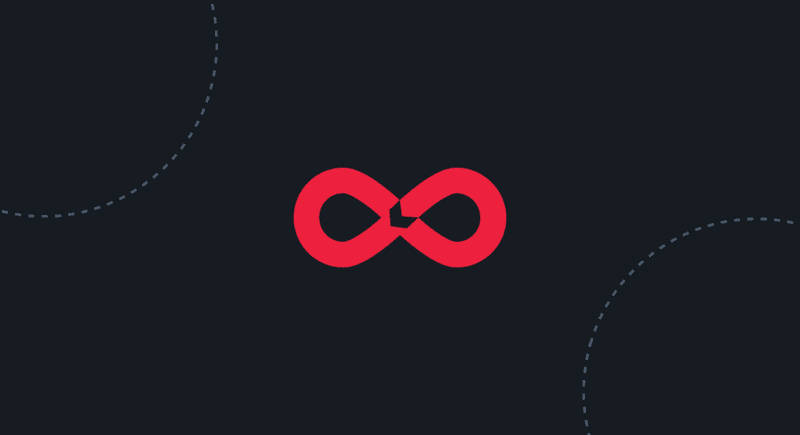
Lookback is a tool that helps you conduct product tests with users.
You can send a test link to participants, and the tool records the user and the test screen. This way, you can analyze and observe user reactions at different moments during their interface journey.
Additionally, you can use the tool to interview and follow up with users or simply create a test link for them to take at their convenience.
Lookback is an interesting tool that can provide various insights from user tests and help you better understand their navigation through your interface.
To acquire Lookback, you will need to pay between $25.00 and $344.00 per month. However, you can try the tool for free for 60 days before deciding to purchase.
14) InVision

InVision is perhaps the most popular UX tool out there. There's probably not a designer out there who hasn't at least heard of this tool.
And it's no wonder, because InVision, in addition to being a powerful prototyping tool, also allows you to make presentations in meetings for your clients and stakeholders.
You can manage the project by organizing approval workflows and using columns and task lists.
InVision has various features to help you develop your interface in collaboration with other team members, in real-time.
InVision is definitely a powerful tool worth checking out.
You can use the free plan, with some limitations, or subscribe to InVision for $4.95 per person per month.
15) Webflow

With Webflow, you can create a website from scratch without needing to write a single line of code.
This tool allows you to use animation and interaction elements on your website, and make everything responsive for different screen sizes.
Webflow also provides hosting for your website and ensures site speed without complications.
However, Webflow is one of the UX/UI design tools exclusively for website development. Therefore, its use is limited to this purpose.
There is a free plan with limitations, and paid plans that range from $14.00 to $39.00 per month on an annual plan.
16) Sketch

Sketch is one of the most popular UX/UI tools among designers.
It's hard to find someone who doesn't know this tool or who hasn't worked with it at least once.
With Sketch, you can create prototypes using the range of vector elements in its library. In addition, Sketch allows for easy collaboration between team members, making work more agile and productive.
For designers, the resources range from vector editing to precise pixel adjustments.
It's an easy-to-use and intuitive tool.
Hiring plans range from $9.00 to $20.00 per person per month. If you find it interesting, you can test the tool for 30 days.
17) UX Pin

UX Pin is a tool for developing interactive prototypes. With it, you can quickly create interfaces using the various elements in its libraries, or even create elements from scratch.
However, the big advantage of UX Pin is its ability to create Design Systems. This way, you can ensure more consistency in your design through the Design System libraries that exist in UX Pin.
Besides, you can collaborate with team members and the tool allows integration with other software like Slack and Sketch.
One downside is that the learning curve can be a bit slower compared to other tools.
Prices for hiring UX Pin range from $19.00 to $69.00 per person per month.
Reading Tip: Kanban: Visualize the Work to Optimize the Process
18) Framer
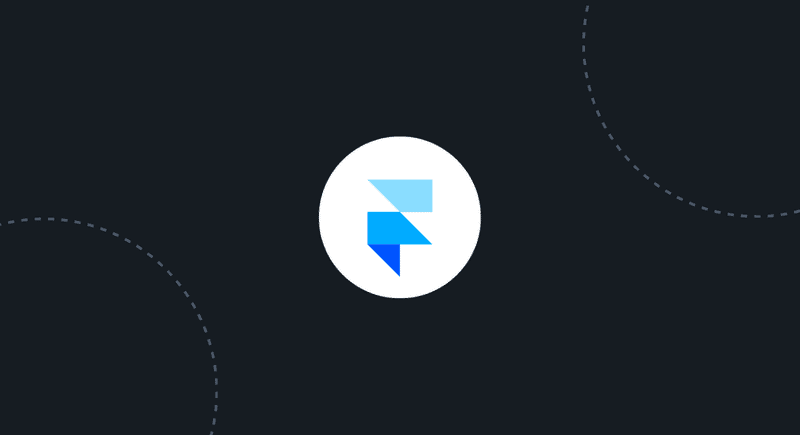
Framer is another well-known UX tool for prototyping.
The purpose of this tool is to build attractive and functional interfaces through programming.
In this sense, some designers may find it difficult to use this tool because of this aspect. Although the company that created Framer provides lots of tutorials and videos, the learning curve can still be slower compared to other UX/UI tools.
However, the tool has many design resources that allow you to build interfaces in a more creative way, without many constraints.
Moreover, it is possible to develop interfaces for many types of platforms and devices, and it is pretty easy to share and collaborate with teammates.
Framer also has integrations with other tools such as After Effects and Lookback.
Prices for hiring Framer range from their free plan to the professional plan which costs $90.00 per month.
19) Principle
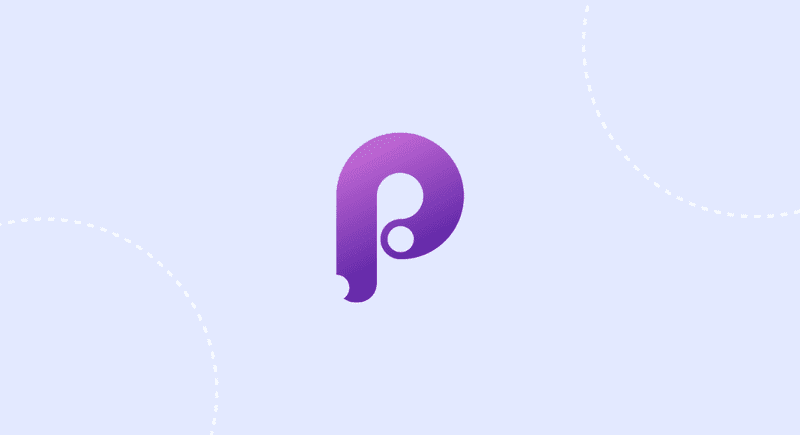
Principle allows you to build animated and interactive interfaces in a very simple way, without the need to know programming.
With Principle, you can create everything from small animations to multi-screen interfaces that sync in real time with the mobile app. This way you can preview your interface on both desktop and mobile.
Although Principle can easily share the interface you have built, it still does not have a feature for collaborative development. That is, it is not possible to collaborate with other team members.
Additionally, Principle is designed exclusively for Mac OS, so those who are not familiar with this interface may find it somewhat difficult.
To buy Principle, you will have to spend $129.00.
20) Marvel App

Marvel App is one of the UX tools that allows for creating interfaces quickly and easily.
With Marvel App, you don't need to worry about programming and can start designing your interface from files and other software, such as Photoshop, for example. You can even upload a sketch you drew by hand.
It is an excellent tool for creating interactive and animated interfaces in a simple and fast way.
Marvel App also allows for easy sharing of your design with clients and stakeholders, as well as collaboration with team colleagues.
It's no wonder that Marvel App is also a popular UX tool.
Prices for hiring Marvel App range from $6.00 to $18.00 per month on an annual plan, or there is also a free plan with limitations.
21) Zeplin
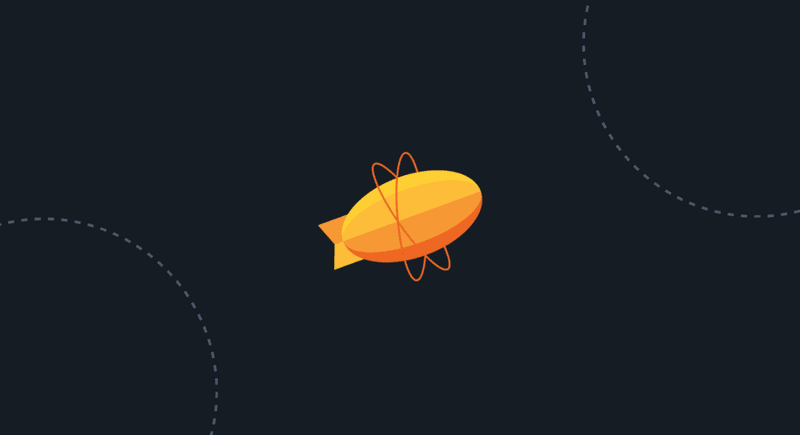
Zeplin is a tool that helps teams collaborate and facilitates communication between designers and developers.
Designers can import their files from other software like Photoshop, Adobe XD, Figma, among others. Zeplin then creates technical specifications of these designs to facilitate the work of developers.
It is a very interesting tool to avoid problems in communication between the Design team and the Development team.
To acquire Zeplin, you will have to pay between $8.00 and $16.00 per month, per person. However, there is a free plan limited to one project that you can use to test the features of the tool.
22) Abstract
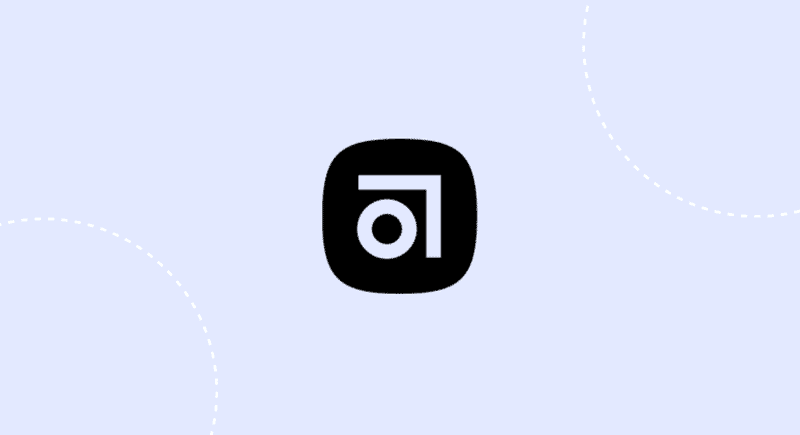
Abstract is a tool that facilitates the management of design projects, helping with collaboration between team members and creating control over design versions.
In this sense, the tool becomes very useful when many people are collaborating on the same project, creating the need to improve the management of the entire process.
With Abstract, you can create branches that are different versions of the same design. In the end, you can merge various branches to create the final version of your interface.
The price of Abstract is $25 per month, per person, on the annual plan.
23) After Effects

After Effects is a quite old tool, created in the early 90s for the video industry.
However, its features are quite interesting and it is not uncommon to see After Effects being used in Motion UI projects.
Therefore, After Effects can create animations for interfaces in the same way it can create animations for videos.
However, After Effects is not a prototyping tool in itself. Instead, it is a software that can be quite helpful in the development of animated interfaces.
After Effects is a software in the Adobe package and can be purchased for R$90.00 per month.
24) Origami Studio

The Origami Studio is a UX tool used to create prototypes, animations, and other designs quickly and with high quality.
Originally, this tool was created by Meta (Facebook) to be used internally by the design team.
The usage is straightforward, just drag and assemble the layout. This makes it possible to create interactive interfaces with agility.
Moreover, you can import elements from Sketch or Figma.
The best part is that the Origami Studio is free.
25) FlowMapp

FlowMapp is a tool that allows you to create flows to improve people's experience within an interface.
With this tool, you can create sitemaps, and flowcharts, manage page content, plan journeys, and even conduct research with users.
This tool is ideal for creating journey flows to present to clients or people outside the UX Design team. Additionally, the tool is collaborative, allowing multiple people to work on the same project.
FlowMapp has a free plan, and paid plans range from $10.80 to $119.40 per month on an annual plan.
26) Optimal Workshop

Optimal Workshop is a tool that enables UX Designers to analyze usability data, information architecture, and test interfaces.
Within Optimal Workshop, there are several tools and methods to create and facilitate workshops, such as Tree Testing, Card Sorting, and First Click Testing.
The tool can also be used to conduct qualitative research and gather the information that helps obtain relevant insights for decision-making.
The tool has a free plan and paid plans ranging from $208 for one person to $191 per person for teams with more than three members.
27) Qualaroo

Qualaroo is a tool that allows you to conduct real-time surveys with people browsing a website.
Based on the journey and decisions and actions people take when interacting with your interface, Qualaroo uses Nudges to conduct surveys and collect feedback.
You can purchase Qualaroo with plans starting at $69.00 on the annual plan.
The list is long, but…
We know that the list we've compiled has many UX tools, but that doesn't necessarily mean you need to use all of them.
Remember what we discussed at the beginning of this article, think about your needs, your moment as a designer, and your budget.
And most importantly, keep in mind that the tool is just a means for you to express your knowledge in UX and Product Design. Tools and software come and go, but the knowledge you possess will never go away.
Therefore, even though tools may help in day-to-day work, your design knowledge is what is responsible for the success of a project.

